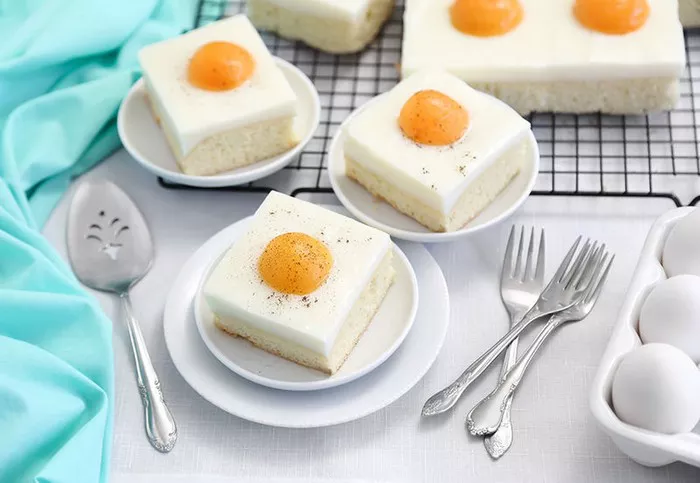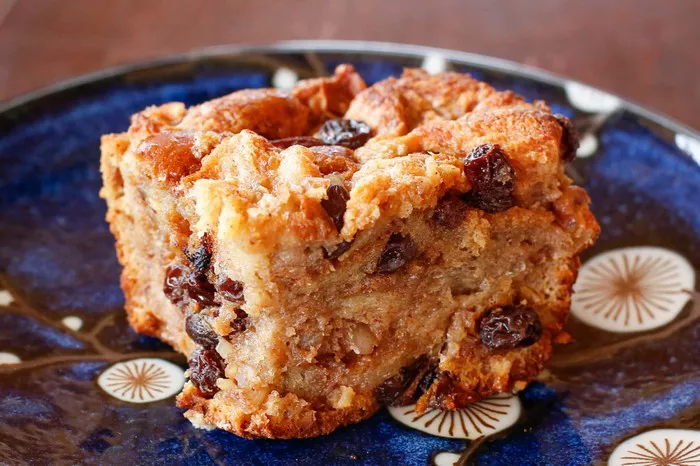Pudding has long been a beloved dessert, and making it from scratch can be a rewarding and delightful experience. Among the myriad of pudding varieties, caramel pudding stands out for its rich, creamy texture and decadent flavor. In this article, we will guide you through four steps to teach you how to master the art of homemade caramel pudding. From crafting the perfect caramel sauce to achieving the ideal custard consistency, you’ll soon be creating a dessert that will leave your taste buds singing.
4 Steps to Teach You Homemade Caramel Pudding
1. Crafting the Perfect Caramel Sauce for Your Pudding
The foundation of any caramel pudding is, undoubtedly, the velvety caramel sauce that coats the bottom of the mold. Crafting the perfect caramel involves a delicate balance of sugar, heat, and timing. To start, gather your ingredients: sugar and water. In a clean, heavy-bottomed saucepan, combine the sugar and water over medium heat. Resist the urge to stir; instead, swirl the pan gently to ensure even caramelization.
Watch attentively as the sugar begins to melt and transform into a rich amber hue. Be patient; this process can take a few minutes. Once the caramel reaches your desired color – a deep amber for a robust flavor or a lighter shade for a milder sweetness – immediately remove it from the heat. The residual heat will continue to darken the caramel, so timing is crucial. Pour the caramel into the bottom of your pudding mold swiftly, ensuring an even layer. This foundational step sets the stage for the luscious caramel flavor that will permeate your pudding.
2. Mastering the Custard Base for a Silky Pudding Texture
The heart of any caramel pudding lies in the custard – a silky, smooth blend of eggs, milk, and sugar. Achieving the perfect custard consistency requires attention to detail and a gentle touch. Begin by heating milk in a saucepan until it is just below boiling. In a separate bowl, whisk together eggs and sugar until the mixture becomes pale and slightly thickened. The key is to incorporate air into the eggs, resulting in a lighter and creamier custard.
Gradually pour the hot milk into the egg mixture, whisking continuously to prevent the eggs from scrambling. This process, known as tempering, brings the temperature of the eggs up slowly, ensuring a smooth and homogeneous custard. Once combined, strain the custard mixture through a fine-mesh sieve to remove any potential lumps. The strained custard is then ready to be poured over the caramel layer in your mold, setting the stage for the pudding’s signature velvety texture.
3. Perfecting the Water Bath Technique for Even Cooking
To achieve a uniformly smooth texture in your caramel pudding, employing the water bath technique is essential. The water bath, also known as a bain-marie, involves placing your pudding mold in a larger pan filled with hot water. This method ensures gentle and even cooking, preventing the outer edges of the custard from overcooking while the center remains silky and soft.
Preheat your oven to the desired temperature, typically around 325°F (163°C). Once your caramel pudding mold is filled with the caramel and custard, carefully place it in a larger baking dish. Pour hot water into the baking dish, surrounding the pudding mold, until it reaches halfway up the sides of the mold. The water bath provides a consistent and moist cooking environment for the pudding, resulting in a velvety texture that will leave your guests wanting more.
4. Mastering the Demolding Process for Picture-Perfect Puddings
The final step in your journey to homemade caramel pudding perfection involves the delicate art of demolding. Once the pudding has completed its time in the oven and has chilled to set, it’s time to reveal your masterpiece. Run a thin knife around the edge of the pudding to loosen it from the sides of the mold. Place a serving plate over the mold, ensuring it covers the entire opening. With a confident flip, invert the mold onto the plate, allowing the caramel to cascade over the pudding.
Take a moment to appreciate the beautiful contrast between the golden caramel and the creamy custard. If the pudding doesn’t release easily, gently tap the mold or run a palette knife along the sides to coax it out. The demolding process requires a bit of finesse, but the payoff is a visually stunning dessert that is as delightful to the eyes as it is to the taste buds.
Conclusion
Mastering the art of homemade caramel pudding is a journey worth taking. From crafting the perfect caramel sauce to achieving the ideal custard consistency and employing the water bath technique, each step plays a crucial role in creating a pudding that is both visually and gastronomically pleasing. The demolding process, the final touch to your culinary creation, unveils a dessert that embodies the rich, velvety texture and decadent flavor that caramel pudding enthusiasts cherish.

















